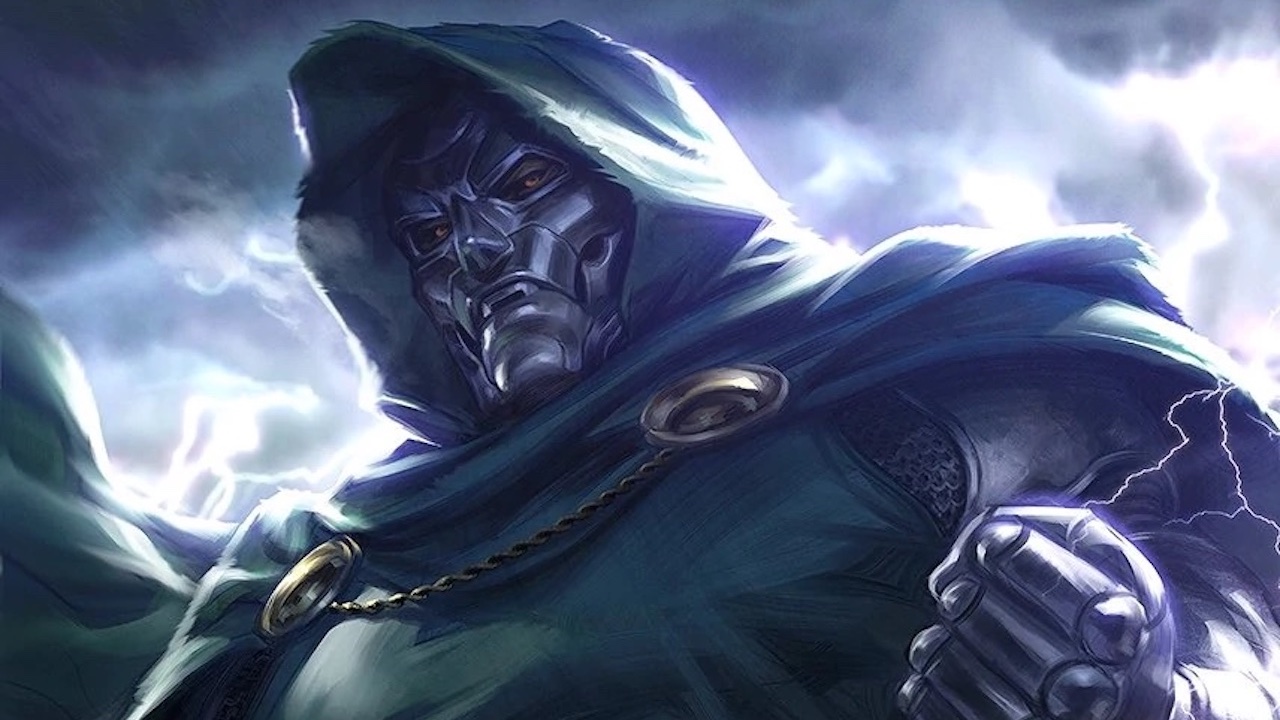Netflix's Persuasion: 9 Big Differences Between Jane Austen's Book And The Movie
Netflix's new Persuasion movie definitely wasn't written by Jane Austen.
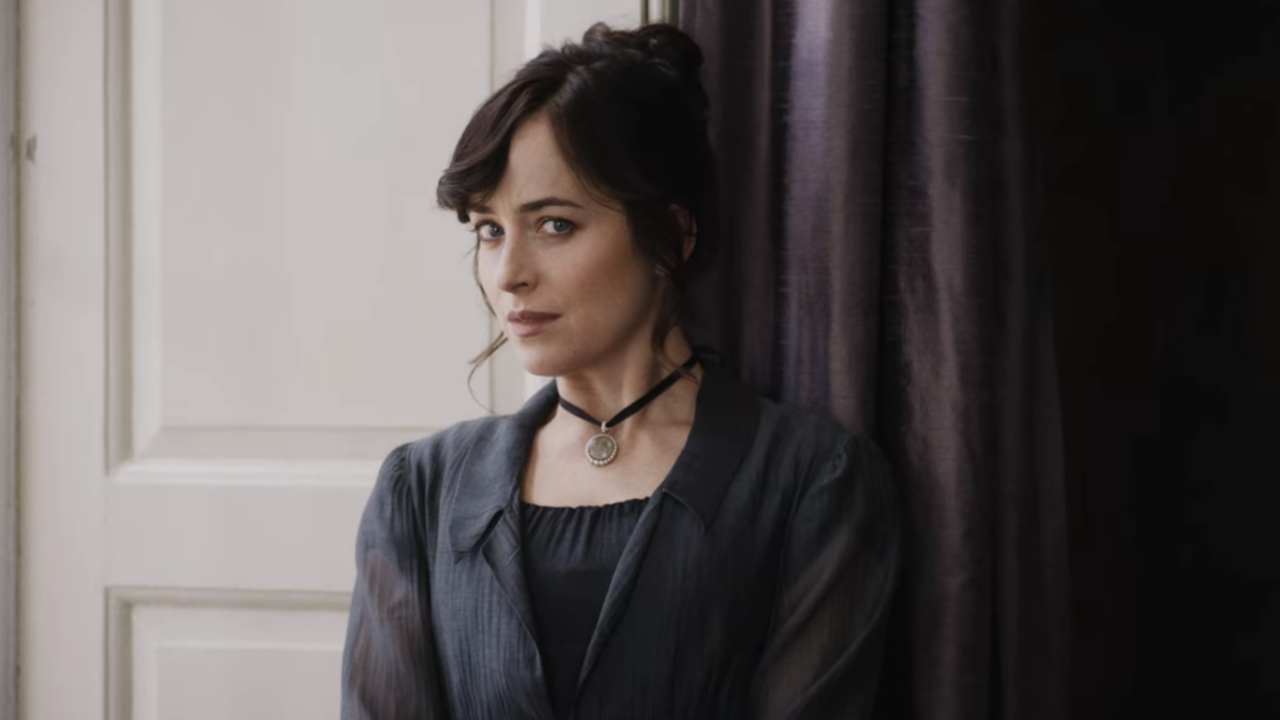
Warning: spoilers ahead for Netflix’s adaptation of Jane Austen’s Persuasion!
Netflix has been a top destination for Regency-era romances ever since the premiere of Bridgerton back in 2020, and the new adaptation of Persuasion promised to bring one of Jane Austen’s most beloved heroines (and iconic love stories) to streaming. With this novel not quite as well known as Austen's Pride and Prejudice or as frequently adapted as Emma, the new Persuasion movie can introduce Anne Elliot and Captain Wentworth to a whole new audience.
Written by Ron Bass of My Best Friend’s Wedding and Alice Victoria Winslow, the Carrie Cracknell-directed feature stars Fifty Shades of Grey alum Dakota Johnson as the 27-year-old Anne Elliot, who gave up the man she loved after being persuaded not to marry him, with Cosmo Jarvis as the jilted Captain Wentworth still carrying a torch for the woman who broke his heart. The film features most of the important book characters, but there are always cuts and changes in any book-to-screen adaptation, so let’s dive right into the nine biggest differences.

The Book Isn't In First Person
Persuasion is an incredibly introspective novel not told in first person and not relying too heavily on dialogue, which poses some challenges for a screen adaptation. The Netflix film opted to go with telling rather than just showing, with Anne frequently addressing the audience directly to camera. This method helps tell the story in under two hours, but is a big difference from how Jane Austen told Anne's story in the book.
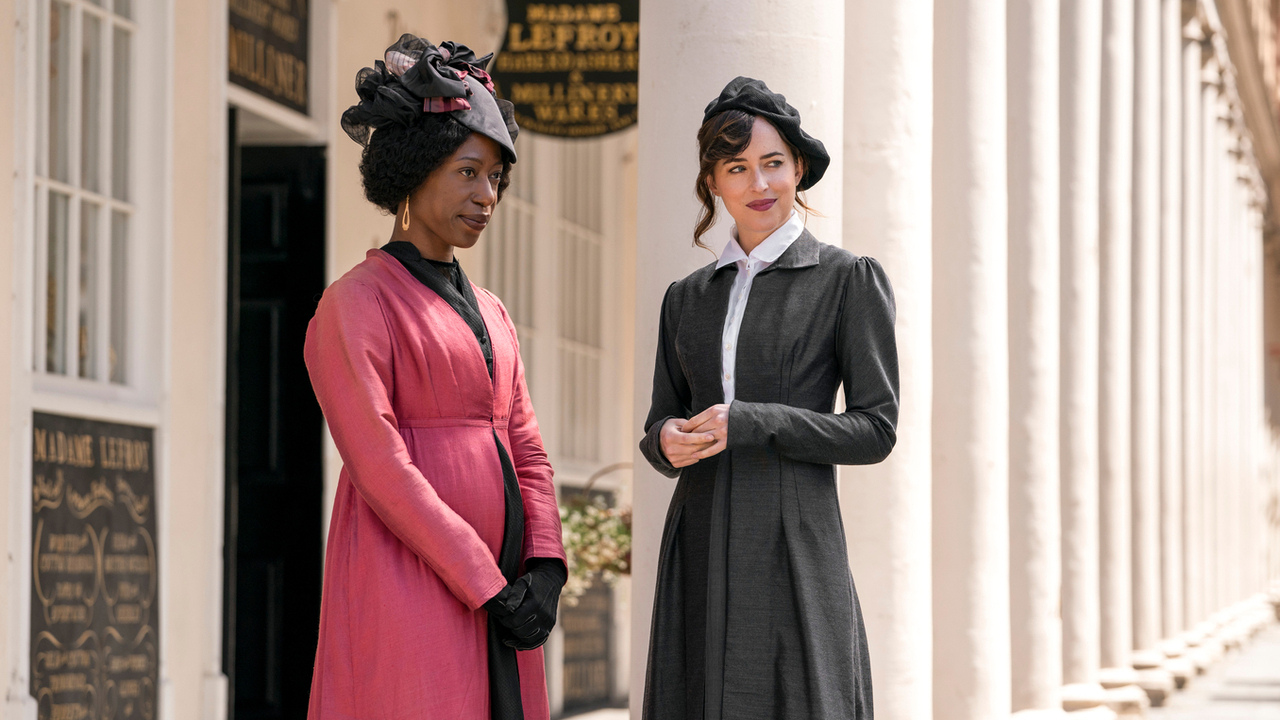
The Movie Used Anachronistic Language
Jane Austen’s Persuasion was published in 1817, and the film is set around the same era rather than a modern take on the book, like Clueless as a version of Emma. A major departure was some incredibly anachronistic language. Anne referred to herself as “single and thriving,” said that she and Wentworth were “exes,” and announced that Mr. Elliot was “a ten.” You definitely won’t find that kind of language on the pages of Persuasion, as viewers were quick to point out after the movie debuted.
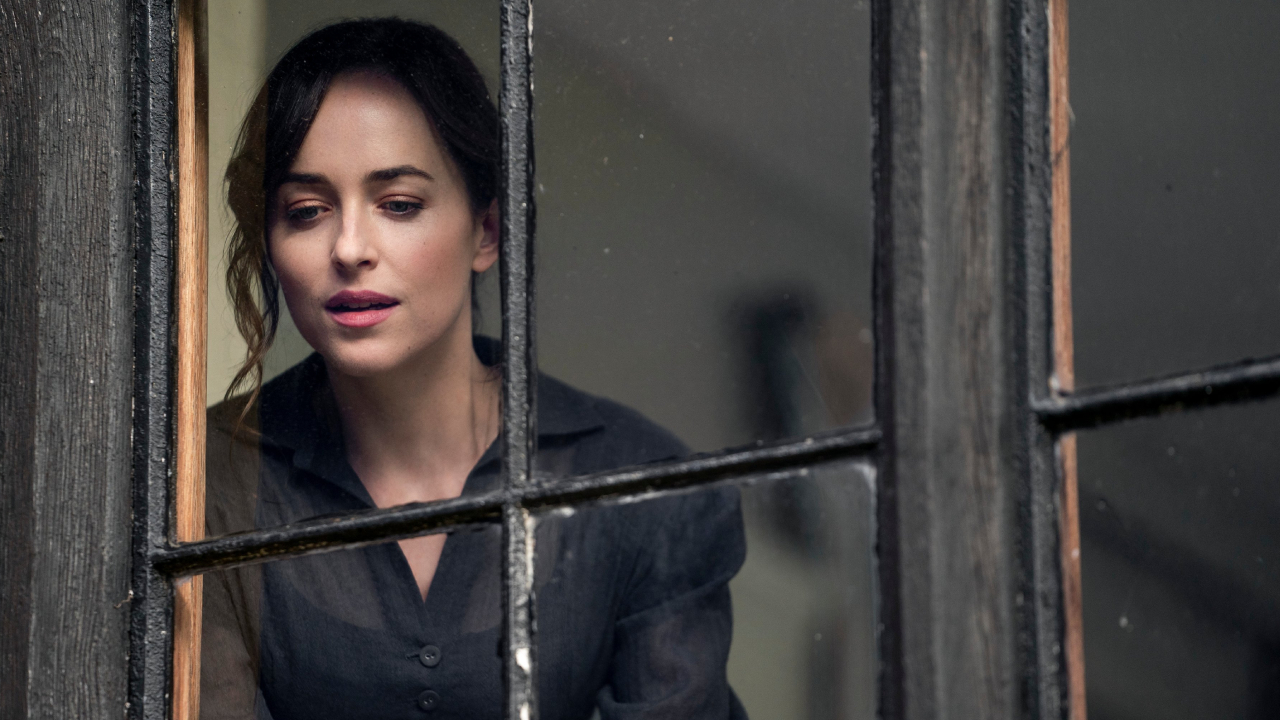
Jane Austen's Anne Elliot Was An Introvert
Anne Elliot was one of the most introverted of all of Jane Austen’s heroines, and often overlooked and underestimated. She’s far from a boring character, however, as readers discover the history, regrets, and desires that she doesn't speak aloud. The movie strayed from this with Dakota Johnson breaking the fourth wall with sassy comments, as well as moments like Anne drunkenly yelling “Frederick!” at her lost love and flirting with Mr. Elliot. She is a difficult character to bring to film because of how much she keeps to herself, and the Netflix adaptation’s version is far more extroverted than Austen’s.

The Book Is Much More Serious
Jane Austen’s Persuasion may be a romance, but it’s definitely not a rom-com. Dakota Johnson’s Anne dropped one-liners and served enough looks directly at camera that Jim Halpert might have welcomed her onto The Office. Scenes like Anne spilling sauce all over herself while reaching for wine and smearing jam on her face just in time for Wentworth to arrive would fit right into a rom-com...or at least right into the 2020 adaptation of Emma with the leading lady's unfortunately-timed nosebleed. The Persuasion movie often went for comedy with Anne Elliot where the book did not.
Your Daily Blend of Entertainment News

Mr. Elliot Was A True (But Charming) Villain In The Book
Although both the novel and the film more or less give Anne and Mr. Elliot the Regency version of a meet-cute, his story unfolds very differently. In the movie, he’s a charming flirt who’s more of an obstacle than an actual villain, but that’s not the case in the book. After cruelly mocking the Elliot family years before insinuating himself into their lives, he helped to ruin a friend financially, and then refused to help that friend’s widow access her late husband’s assets. Like in the movie, his goal in Bath was to prevent Mrs. Clay from marrying Sir Walter to protect his inheritance, but Austen’s Mr. Elliot was far from any kind of comic relief.

The Movie Cut Anne's Friend From Bath
The movie cut a character who was pivotal to the novel, with the absence of Mrs. Smith, who had been Anne’s close friend when they were in school. Anne reconnected with her friend in Bath, although Mrs. Smith’s health had deteriorated and she required nursing help to get around. Mrs. Smith wasn’t just a nice break for Anne from her father and sister, however, and was actually the person who told the truth to Anne about Mr. Elliot. She wasn’t essential to the movie if it was going to cut out the majority of Elliot’s backstory, but was still a major loss.
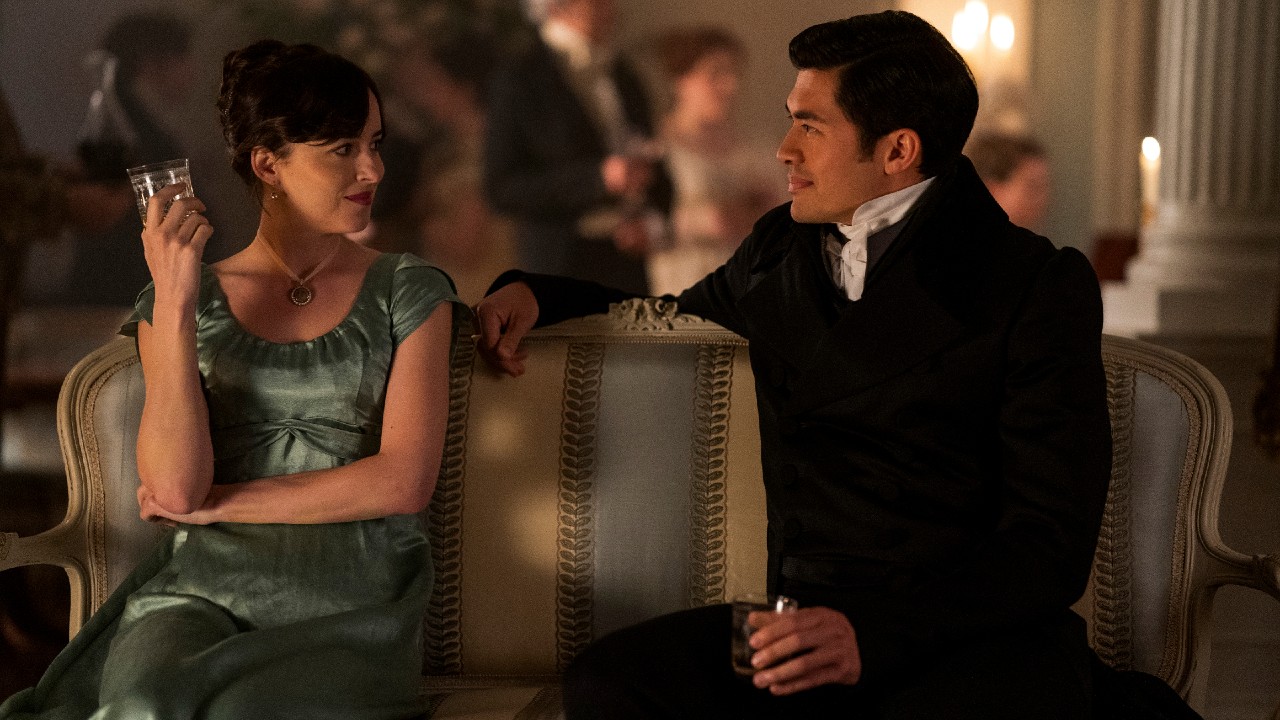
Anne Never Truly Considered Marrying Mr. Elliot
In the movie, Anne seemed to form a little bit of an attachment to Mr. Elliot, and said that “there is something there” between them. She didn’t dismiss the idea of marrying him when Lady Russell brought it up, and regularly flirted and bantered with him. In the book, Anne was perfectly clear that she didn’t intend to marry him, and never wavered from that. She truly believed until almost the end that women love longest, and it was Captain Wentworth or nobody for her, not Captain Wentworth or Mr. Elliot.
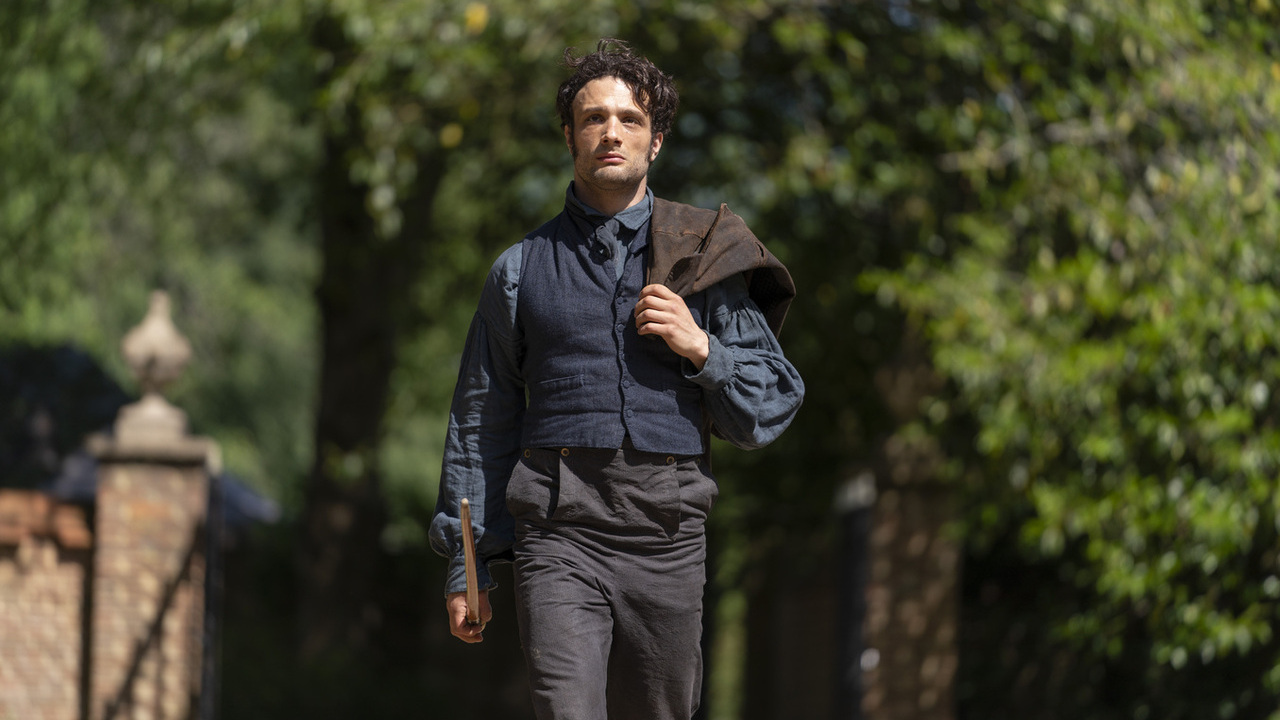
Captain Wentworth's Letter
If there is one truly iconic passage from the Persuasion novel, it’s the letter that Captain Wentworth writes to Anne after overhearing her claim that men fall out of love faster than women. The movie’s much shorter version of the letter had Wentworth write that he believed she was to marry Mr. Elliot (thanks to his manipulation). In the book, Wentworth’s letter admitted that he was “unjust” and “resentful” toward her, but “never inconstant.” Mr. Elliot didn't get any mention, and the written version was more desperate (and longer) as he reacted to what she said.
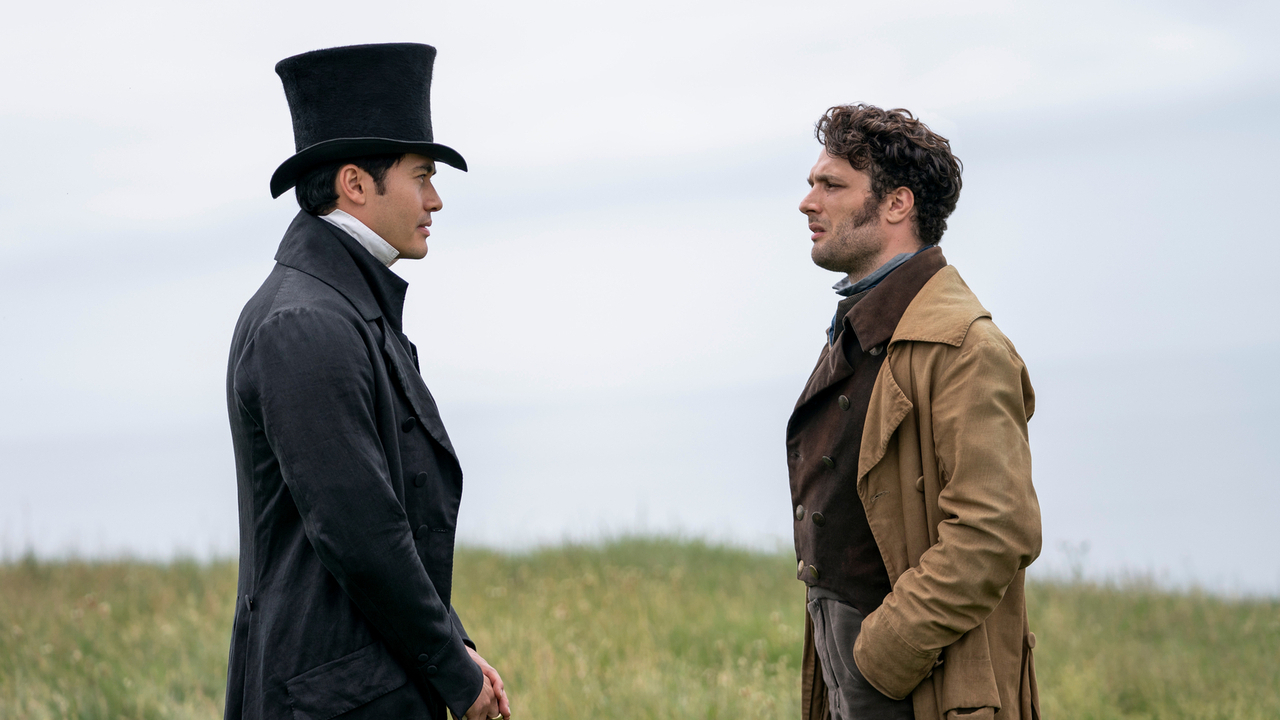
The Book Didn't Give Everybody A Happy Ending
The movie ended on a pretty high note for everybody, with Anne and Wentworth reunited, and most of the key characters looking pretty happy to attend a wedding in a church. The people getting married? Mr. Elliot and Mrs. Clay. That is a key departure from the book, as Austen tended not to give happy endings to the villains. The two characters did leave Bath together in the book, but not as man and wife. He set her up as his mistress to keep her away from any chance of marrying Sir Walter.
This is an interesting adaptation in that it follows the major plot beats of the book, but changes a lot when it comes to the characterizations and dialogue. For better or worse, the movie’s tone feels more similar to the 2020 version of Emma, starring Anya Taylor-Joy, than any other Persuasion adaptation, and the movie’s heroine feels more like Keira Knightley’s Elizabeth Bennet than Jane Austen’s Anne Elliot. The Dakota Johnson movie is still in Netflix’s Top 10 Movies after a week of availability to subscribers, so it seems safe to say that this latest Persuasion is a hit for the streaming service.

Laura turned a lifelong love of television into a valid reason to write and think about TV on a daily basis. She's not a doctor, lawyer, or detective, but watches a lot of them in primetime. CinemaBlend's resident expert and interviewer for One Chicago, the galaxy far, far away, and a variety of other primetime television. Will not time travel and can cite multiple TV shows to explain why. She does, however, want to believe that she can sneak references to The X-Files into daily conversation (and author bios).
